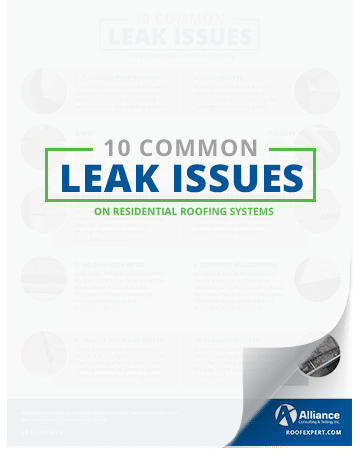Exactly How Weather Impacts Your Roof Covering: A Newbie'S Guide
Exactly How Weather Impacts Your Roof Covering: A Newbie'S Guide
Blog Article
Web Content By-Barrera Gordon
When it involves your roofing system, the climate plays an essential function in its general wellness and life expectancy. You may not understand how rainfall can cause leakages or just how heavy snow can emphasize the framework. Also the sunlight's ruthless rays can degrade your roofing materials with time. It is essential to recognize these effects, but what can you do to shield your roof covering from the elements? Discovering maintenance strategies and product options could be vital to ensuring your roof covering stands strong versus whatever Mother Nature throws its method.
Effects of Moisten Roofing
Rain can be a quiet opponent to your roofing, triggering both instant and long-term damages. When water permeates into splits or voids, it can result in leakages, which might disappoint up right away. You could notice a stain on your ceiling, however by then, the moisture could have already jeopardized your roof structure.
In time, constant direct exposure to rainfall can damage roofing materials. Shingles may warp, curl, or even degenerate, leaving your home susceptible to additional water intrusion. Mold and mildew prosper in damp conditions, which can endanger your interior air high quality and lead to wellness concerns.
Standing water on your roof covering can also trigger severe issues. It includes unnecessary weight, increasing the threat of structural failing. Plus, it can accelerate the wear and tear of your roof products, making replacements extra constant and expensive.
To shield your roof, guarantee your seamless gutters are tidy and working properly to draw away rainwater away. Normal assessments can help you catch possible issues before they intensify.
Taking these steps now can save you money and time in the future, keeping your home risk-free and dry.
Impact of Snow and Ice
When winter shows up, snow and ice can pose considerable threats to your roofing system, much like rain. Collected snow can be fairly heavy, and if it does not glide off, it can create a harmful tons that your roof mightn't have the ability to support. This pressure can bring about drooping, leaks, or even structural failure.
Ice can additionally trigger issues, particularly with ice dams. When snow on your roofing system melts, it can stream down and refreeze at the eaves, producing a dam that stops proper drainage. Water then supports under shingles, causing leakages and water damage inside your home.
To secure your roofing system, it's necessary to maintain seamless gutters clear of particles, allowing for proper water drainage. Consistently checking your roof covering for indications of wear and damages can assist catch concerns early.
If you notice a considerable amount of snow, consider working with a specialist to remove it safely. Remember, it's far better to be proactive regarding snow and ice than to deal with expensive repair services later on. Taking these steps can help guarantee your roofing system stands up to the winter season without significant issues.
Sunshine and Temperature Level Obstacles
While you could appreciate bright days, extended direct exposure to sunshine and extreme temperature levels can be harmful to your roofing system. UV rays can break down roof materials in time, leading to bending, breaking, or fading. If your roof covering's tiles are made from asphalt, they might become fragile under intense heat, making them extra vulnerable to damage.
Furthermore, heats can increase the threat of thermal growth. As materials expand throughout the heat of the day and agreement at night, this consistent cycle can produce stress and anxiety on your roofing system, potentially causing leakages or other structural problems.
You may likewise discover enhanced energy prices as your air conditioning system works tougher to combat warmth buildup in your attic room.
It's essential to pick roofing materials that can withstand your local climate's temperature fluctuations. Light-colored or reflective roofing can help reduce warm absorption, while proper air flow in your attic can preserve a balanced temperature level.
Regular inspections and maintenance can also capture issues early, ensuring your roofing stays in optimum condition. By staying https://roofingboots84273.blogdun.com/34627170/5-major-red-flags-that-suggest-it-s-time-for-a-roof-covering-replacement-now , you'll safeguard your financial investment and expand your roof covering's life expectancy regardless of the difficulties presented by sunlight and temperature extremes.
best roofing companies san antonio
To conclude, comprehending exactly how weather condition affects your roofing is important for maintaining its integrity and longevity. Rain can result in leaks, snow and ice can develop hefty tons, and prolonged sun exposure can create materials to break down. By remaining aggressive with regular upkeep and choosing the right materials, you can protect your roofing from the aspects. Bear in mind, a properly maintained roofing system not only boosts your home's value but additionally keeps you secure and comfortable for years ahead.
